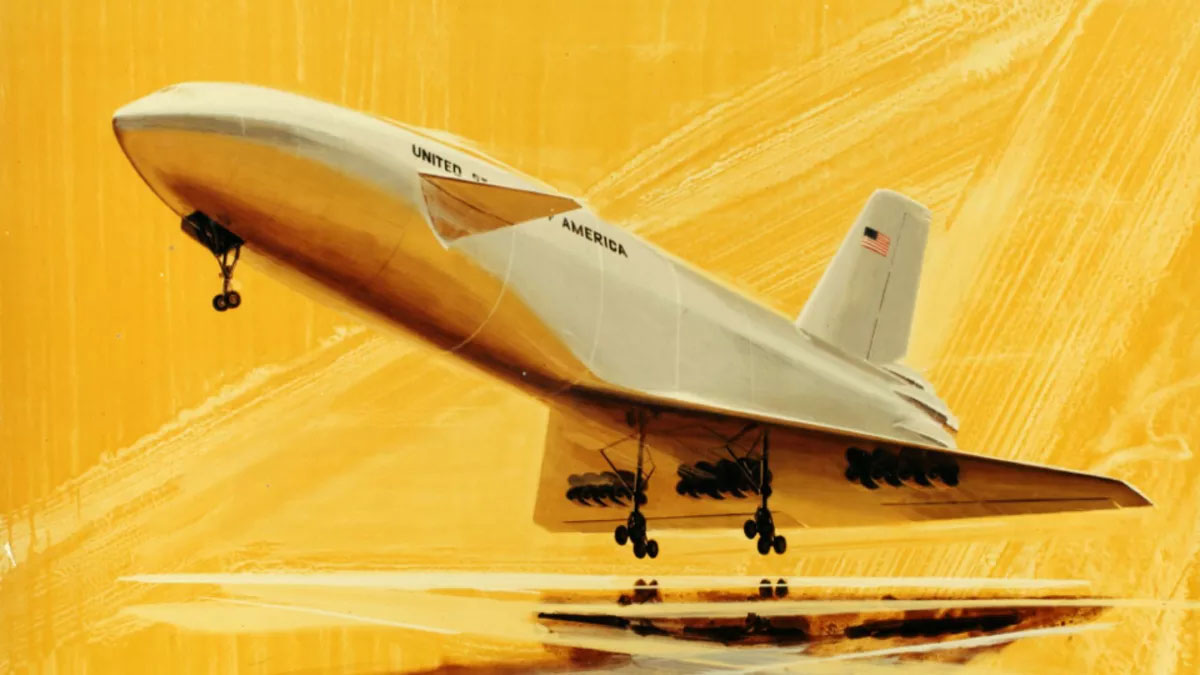why it’s sometimes best not to compromise

Pretty much everyone with a TV on Earth knows how the space shuttle looks. Shaped like a fat, boxy plane strapped to a giant orange fuel tank with two rockets on the side, it’s been shown on countless news channels for decades. And it completely different from what how it should look, the original design meant for something more akin to an advanced version of the Virgin Galactic space planes. What you see above is the original North American Rockwell/General Dynamics concept art of the shuttle’s booster, a sleek, rocket-assisted plane that would haul the shuttle on its back high into the atmosphere and releasing it into orbit. Every part of the vehicle was meant to be reusable to lower launch costs, and it would’ve looked like something from the future even if we compared it to today’s clean, modern designs. So what went wrong? Why did we end up in orbit on a fat, boxy plane that didn’t really work as promised and fell short of its lofty goals?
In the same post on Beyond Apollo featuring the artwork which offered Rockwell’s and General Dynamics’ dreams of exploring the final frontier, there’s a very blunt answer to this question. It’s all about money in the short term. Because the shuttle was meant to be developed first, corners were cut and the plan changed to strap it to a big, orange foam tank just for a little while, until a more fitting booster vehicle could be built. But once the launch stack was operational and got to orbit, the need for reusable boosters now fell away and the agency was content spending what it did to keep the shuttle flying. A short term compromise to save money now quickly turned into a permanent solution to cash flow problems despite the fact that it scaled back a necessarily costly and ambitious plan. The engineers were tasked with building a space-faring Ferrari meant to be a stepping stone to building and supporting massive space stations that would launch missions to other worlds. Then they were then told to build a pickup truck instead.
There’s a saying in the technology world. You can get it made well, quickly, or cheaply; now pick which two. Sometimes quick and cheap will not work. Sometimes you have to bite the bullet, stick to the plan, and refuse to compromise to get what you wanted to build done the way it should’ve been built, not the way that the bean counters and politicians would like it wrapped up because the quants addicted to dashboards and keeping budgets as low as possible would rather you sit still and not build anything, especially something ambitious. I can certainly understand the need for fiscal responsibility and keeping an eye on how things are going, but I also realize that a big idea requires a big investment and keeping your eye on the prize over the long term rather than glued to every cent and productivity metric that day. And when I look at the photos of what might have been if the shuttle vision was followed through just as NASA and its contractors planned in the beginning stages of the project, all that comes to mind is “what a damn shame…”





